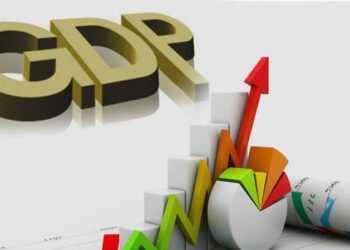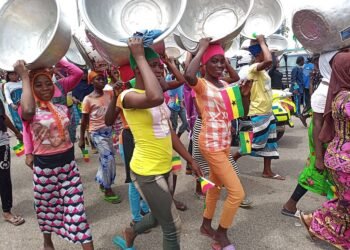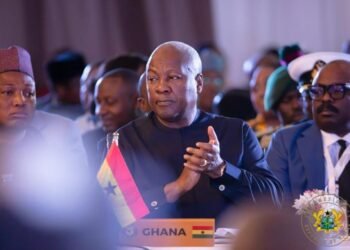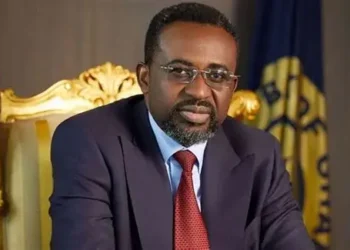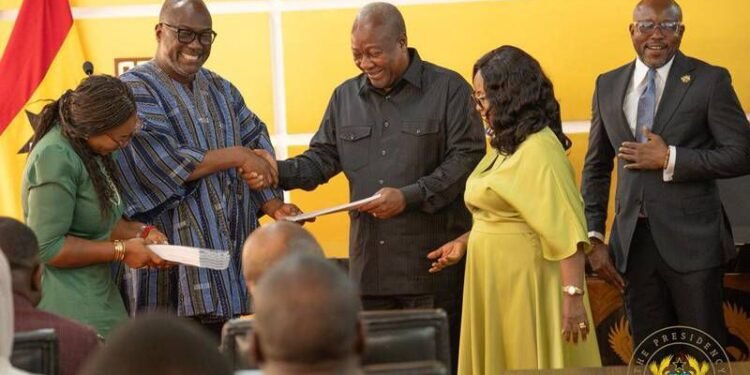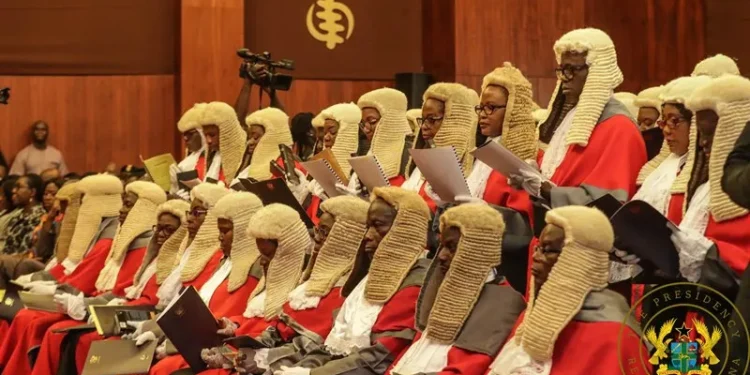The Bank of Ghana (BOG) has stated that the prospects of a sharp fiscal correction in 2021 looks very much unlikely.
According to the central bank, the inability to immediately correct the country’s widening fiscal position in 2021 will be as a result of the second wave of the pandemic which will require additional spending to provide testing, vaccines, and other COVID-19 related expenditures.
The Central Bank in the just ended 98th Monetary Policy Committee (MPC) meeting on Monday, February 1, 2021, therefore called for stringent measures that will ensure adequate revenue generation and efficient spending to improve the primary balance.
“To put the debt on a sustainable path and to ensure sustainability in policies, some new revenue measures and expenditure rationalization efforts will have to be pursued within the context of the medium-term fiscal framework to allow for the generation of primary surpluses”.
Provisional data released by the Ministry of Finance as of November 2020, showed that total expenditures and arrears clearance amounted to GH¢88.2 billion, which accounted for 22.9 percent of GDP against the revised target of GH¢88.4 billion which also represents 22.9 percent of GDP.
The overall broad cash budget deficit as of November 2020 was 10.8 percent of GDP against the target of 11.4 percent of GDP for the year.
The primary balance also recorded a deficit of 4.9 percent of GDP which was marginally above the target of 4.8 percent of GDP.
The underlined developments raised concerns as to whether the target budget deficit on a cash basis for the year 2020 will be met since December was another election year, which is mostly characterized by high government spending.
However, the government recorded some gains concerning revenue mobilization despite the devastating effect of the pandemic on businesses and households.
As of November 2020, total revenue and grants amounted to GH¢46.5 billion, which represents 12.1 percent of GDP. The amount realized was marginally higher than the revised target of GH¢46.0 billion, which translated into 11.9 percent of GDP.
The Central Bank further explained that the elevated fiscal path has impacted the stock of public debt which rose to GH¢286.9 billion, representing 74.4 percent of GDP at the end of November 2020. This compares with a debt stock of GH¢218.2 billion, which represents 62.4 percent of GDP at the end of December 2019.
The above means that between December 2019 and November 2020, the country’s debt stock has gone up by 68.7 billion. This translated into a 31.5 percent growth of the country’s debt within 11 months.
Further breakdown of the total debt stock shows that domestic debt was GH¢147.3 billion, consuming 38.2 percent of GDP, while external debt was GH¢139.6 billion, signifying 36.2 percent of GDP.
A recent Databank Research 2020 Review and 2021 outlook Report expects the government to run a tight, low-spending budget in 2021 to reduce the pressures on the economy as a result of the COVID-19 pandemic.
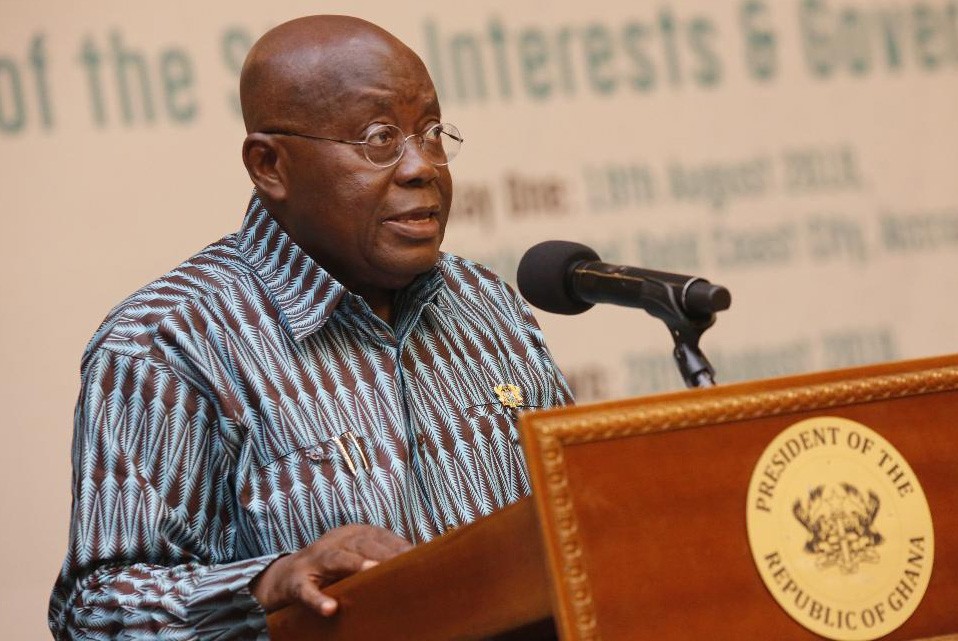
Meanwhile, President Nana Akufo-Addo said on Sunday that his government plans to procure 17.6 million doses of the COVID-19 vaccine by the end of June with the first doses arriving in March 2021.
This, coupled with the re-activation of isolation centers due to the resurgent of the coronavirus, procurement of PPEs for students and teachers as well as health workers, the absorption of the cost of COVID-19 test for citizens are expected to further stretch the government’s already limited fiscal space resulting in a further rise in the country’s debt.
The future of the country’s debt sustainability efforts, indeed, remains gloomy in the medium term.





